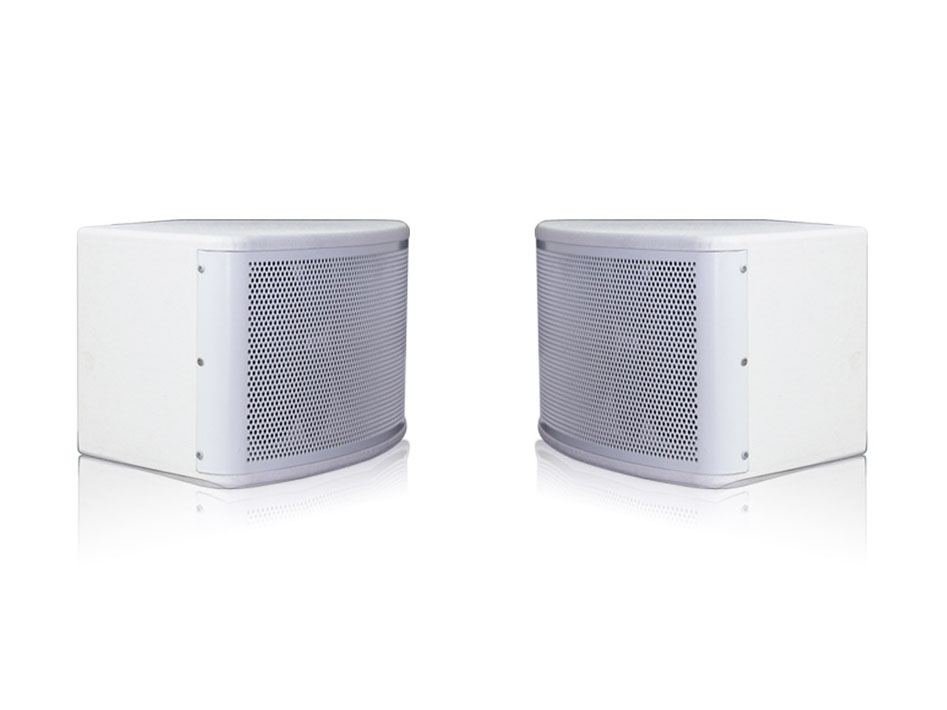To judge the quality of a sound system, the first step is to observe the acoustic environment in which it is placed in a position that is conducive to performance. The speaker should be separated by a certain distance, and the listener should form an equilateral triangle with the two speakers. Place the left and right channel balance buttons in the middle position and turn off the frequency equalization device commonly found in equipment. Turn on the volume knob from small to large until it reaches its maximum, and listen to its noise in a static state. Then, put on a CD that you have already listened to on various devices, slowly turn on the volume, and listen to whether the sound is fixed; By moving left and right, determine the corresponding characteristics of the system, increase the volume until the ears just don't feel uncomfortable, choose the drum sound and cello in the software to feel the expressive power of the bass, and see if it is thick, powerful, not cloudy, not light, and can be played open and closed; Using human voice to judge the performance of the midrange, the hierarchy should be clear, neither oppressive nor rendering, rounded and rich; The use of violin and metal percussion instruments with rich overtones to determine the high notes of the equipment is preferred, with delicate, smooth, bright, transparent, and accurate positioning; Listen to the transient, dynamic, and damping characteristics of percussion music (such as breaking glass); Using symphony to judge the sound field, momentum, and overall frequency balance, as well as the sense of depth and presence; Use high volume to listen to the power margin and dynamic range of the base; The ability to judge low output performance with minimal volume.
In sound quality evaluation, balance and naturalness are the goals we should pursue. Some people mistake good sound quality for a rendering of low and high notes. No wonder some operators often turn the bass and treble buttons to the extreme when showcasing their products, giving seemingly unfamiliar customers a sense of freshness, losing balance and naturalness, and also concealing some shortcomings. In fact, there is a viewpoint circulating among audiophiles that; Bass is easy to find, treble is difficult to find, and midrange is even more rare.
A power amplifier is a device that converts audio voltage signals into audio signals and drives speakers to produce sound. Power amplifiers play an extremely important role in sound reinforcement. Without a power amplifier, the speaker cannot produce sound and there is no sound reinforcement available.
